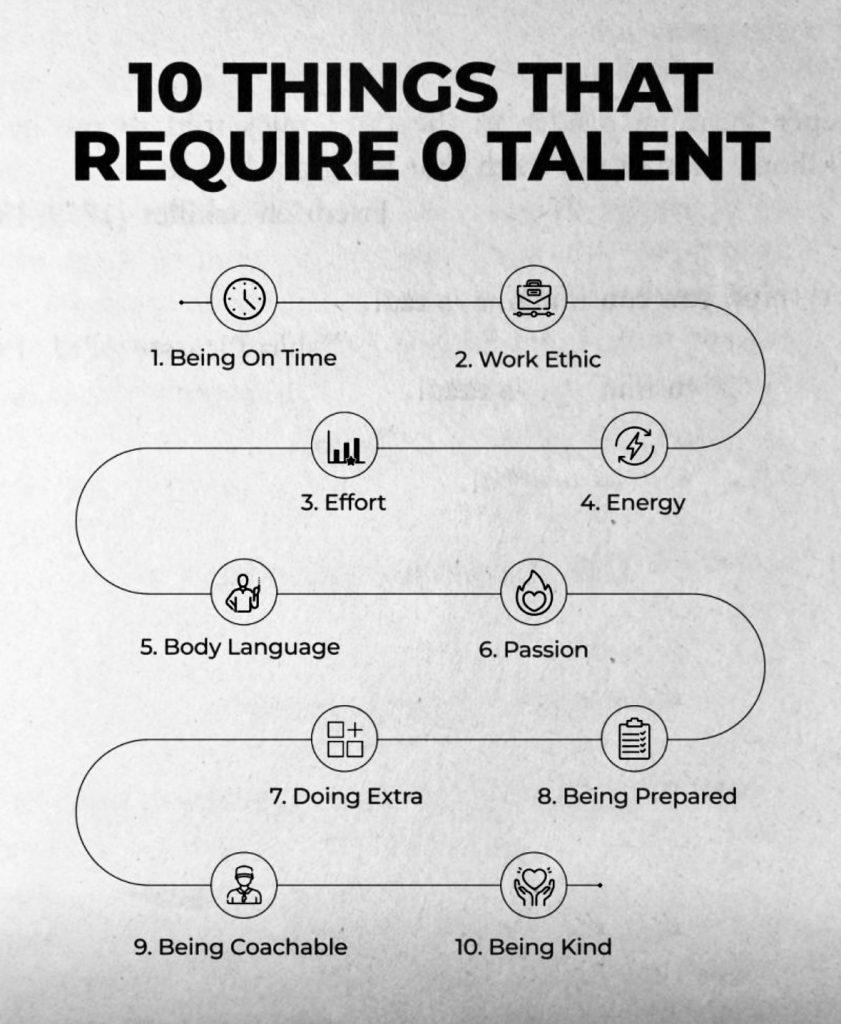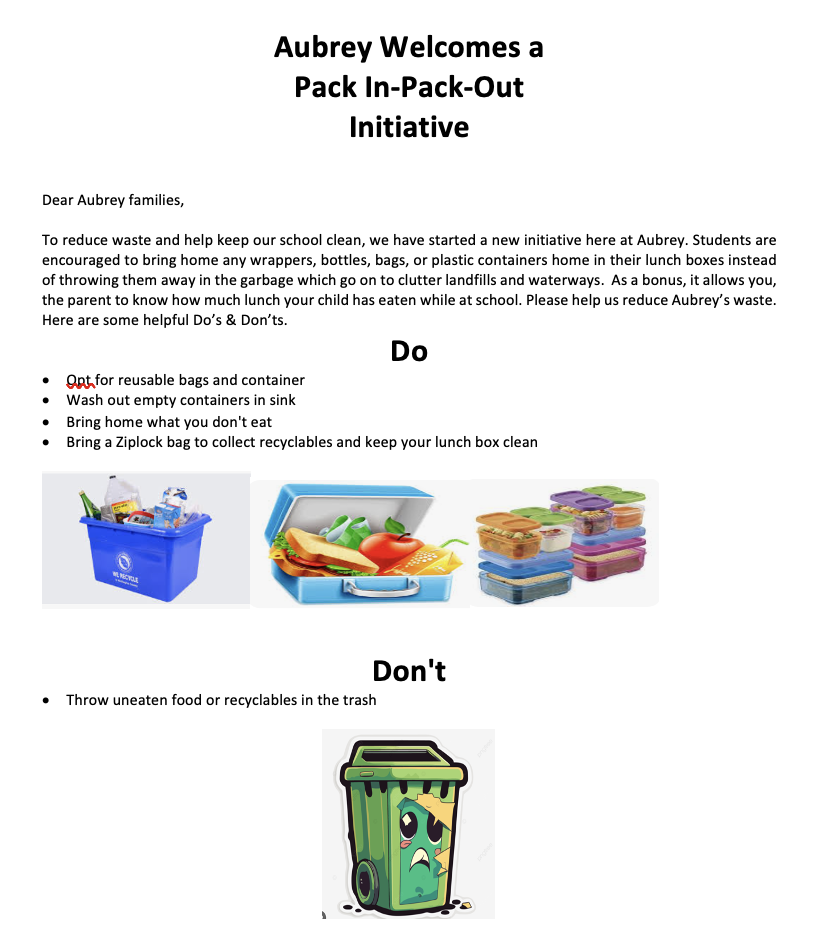
A huge thank you to the talented drama students at Burnaby North Secondary School for their incredible performance of Mamma Mia! Your energy, dedication, and passion lit up the stage, bringing this beloved musical to life in such a fun and vibrant way. From the lively choreography to the powerful vocals, every moment was a joy to watch.
Congratulations to the entire cast, crew, and production team for all your hard work in putting together such a fantastic show. Your efforts truly paid off, and it was an absolute pleasure to experience your performance.
Bravo! We can’t wait to see what you do next year.
I’m excited to share that our students artwork, The Art of Noticing, will be featured in the upcoming Arts Alive exhibit at the Burnaby Art Gallery, running from May 2 to June 1. This exhibit showcases a diverse range of art created by students from schools across our district, and I encourage families to visit and see their creativity on display!
The Art of Noticing is inspired by the idea of truly appreciating the small details in life, a concept explored in the Awesomeology episode of the Ologies podcast. Often, we rush through our busy lives, missing the subtle beauty that surrounds us. Through their artwork, students invite you to pause, take a closer look, and discover the hidden wonders that are right in front of us.
The artwork features an upper layer made of textured, layered media, representing the distractions of everyday life. A hole torn through this layer reveals a collection of photographs and reflective texts, offering a glimpse into the deeper moments that we often overlook. From the veins of a leaf to the beauty of a raindrop on a window, these small details are paired with thought-provoking text, encouraging reflection on their significance.
A magnifying glass allows viewers to engage with the art and invites the viewer to take a deeper look to uncover these hidden gems and notice the richness and beauty beneath the surface. This artwork serves as a reminder that, when we take the time to look closely, we can find meaning and wonder in even the smallest aspects of life.
Hopefully you get an opportunity to visit the Arts Alive exhibit so you can see this unique project and celebrate the creativity of our students and others throughout our district!

What an incredible day in the mountains! Our Grade 6/7 students from Division 1, 2, and 3 had an unforgettable experience at Mount Seymour, taking part in the Winter Survival Challenge. With clear skies and perfect conditions, the students embraced the adventure, working together to build shelters, snowshoeing through the stunning landscape, and, of course, enjoying some fun in the snow!
It was amazing to see their teamwork, creativity, and problem-solving skills in action as they tackled the survival challenge. Whether constructing sturdy shelters or navigating the trails, they demonstrated resilience and enthusiasm every step of the way.
A huge thank you to our wonderful parent volunteers who helped make this trip possible—we couldn’t have done it without you!
Check out some highlights from our adventure below!

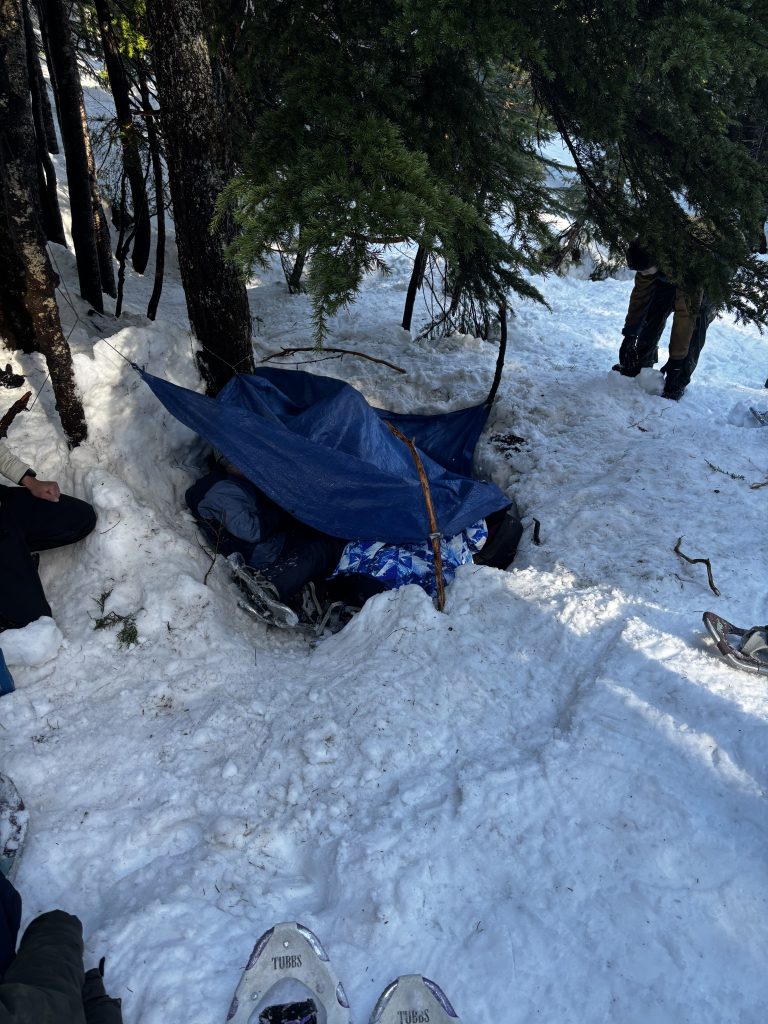
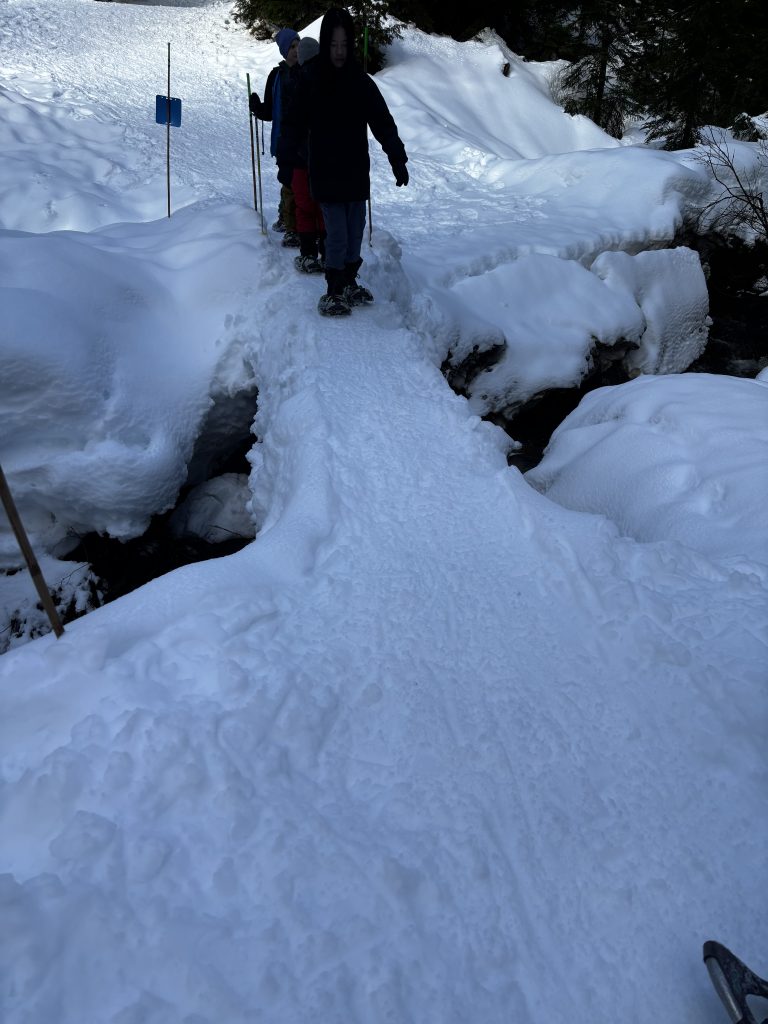
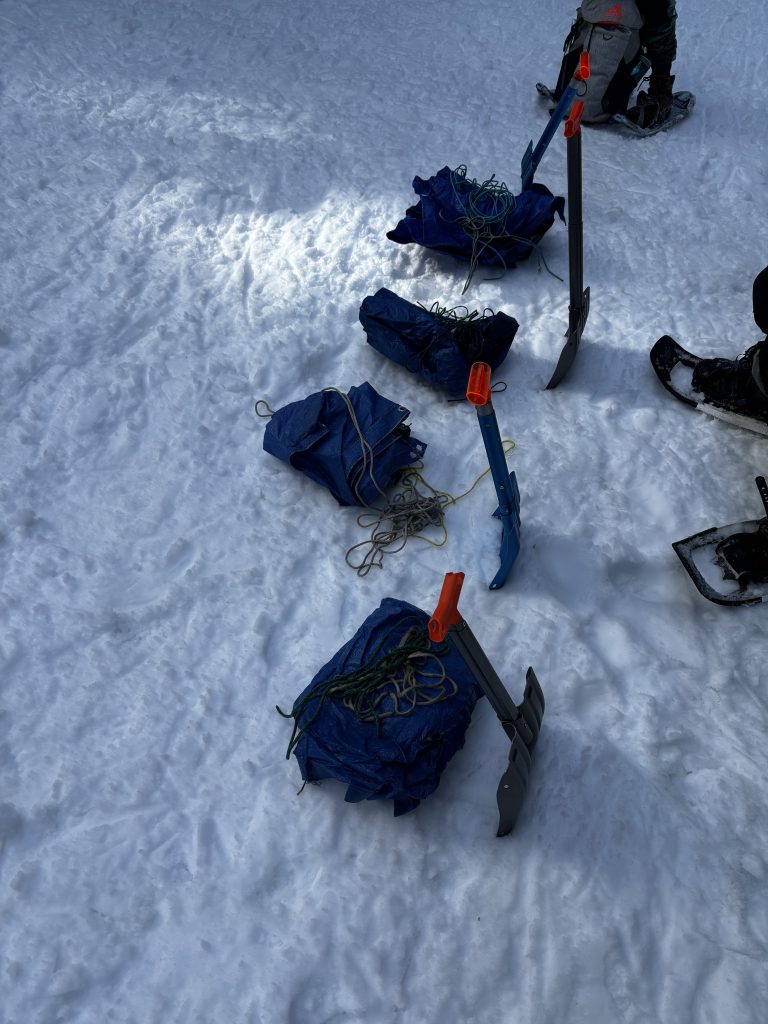

Dear Parents/Guardians,
We are excited to announce a Lollipop Fundraiser to help support our Grade 7 Camp! Students can purchase 2 lollipops for $2, with all proceeds going toward funding this special experience.
Here are the details:



If your child would like to participate, please send their money to school on Tuesday or Wednesday of next week.
Thank you for your support in making Grade 7 Camp a memorable experience for our students!

Surrealism is more than an art movement it’s a way of seeing beyond the surface, uncovering deeper truths through dreamlike imagery, unexpected juxtapositions, and symbolic storytelling. This term, students channeled surrealist techniques to explore a variety of themes, creating artwork and narratives that challenge perceptions and spark meaningful conversations.
Art as Metaphor: The Power of the Unconscious
Each piece in our collection weaves together surrealist elements melting landscapes, floating figures, distorted reflections to convey complex ideas and emotions. Through their artist statements, students decoded the meaning behind their work, explaining how visual symbols helped them explore their chosen themes.
Many students incorporated elements of nature, time, and space to express ideas about change, urgency, and the connections between people and the world around them.
Others focused on internal experiences, using dreamlike compositions to represent emotions, transformations, and hidden tensions.
Writing the Unseen: Narrative Reflections
Beyond visual art, students extended their surrealist exploration into storytelling. Their narratives embraced the unexpected characters navigating fragmented realities, dialogues between personified emotions and forces of nature, and plot lines that blurred the boundaries between dream and reality. These surrealist narratives allowed them to voice complex ideas in an imaginative yet impactful way.
The Impact: Seeing the World Differently
Through this project, students not only honed their artistic and literary skills but also deepened their ability to communicate abstract ideas through metaphor and symbolism. By pushing beyond realism, they accessed a space where difficult topics could be explored with nuance and power. Surrealism became their tool for unveiling hidden truths, allowing them and their audience to see the world with fresh eyes.
Their work serves as a reminder that art has the power to make the invisible visible, to challenge perspectives, and to inspire reflection.
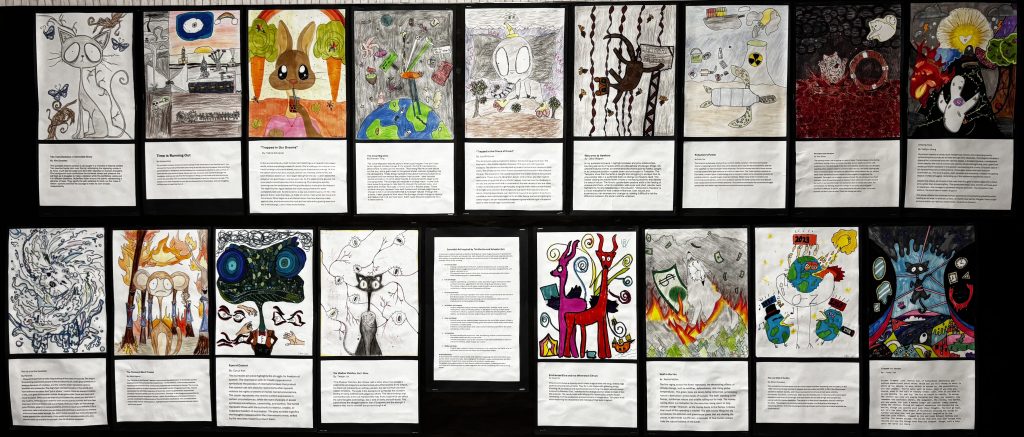
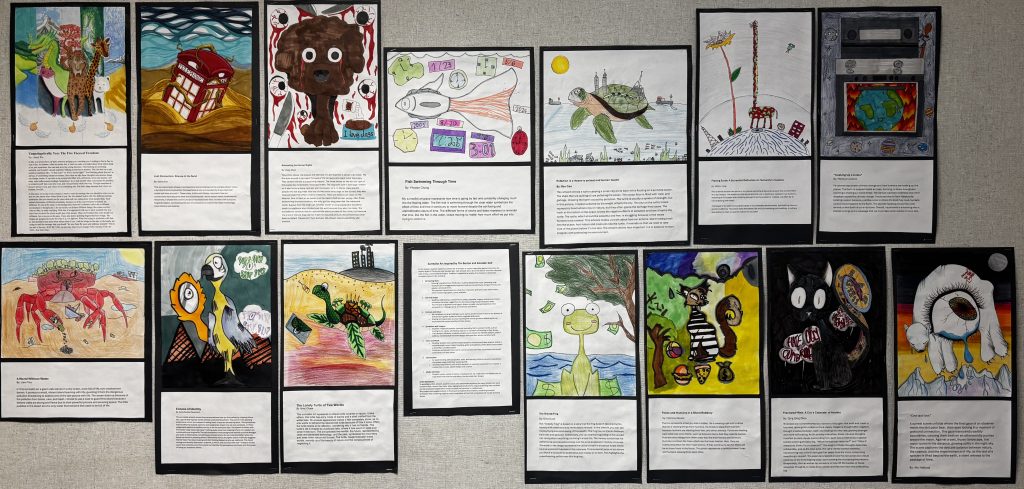
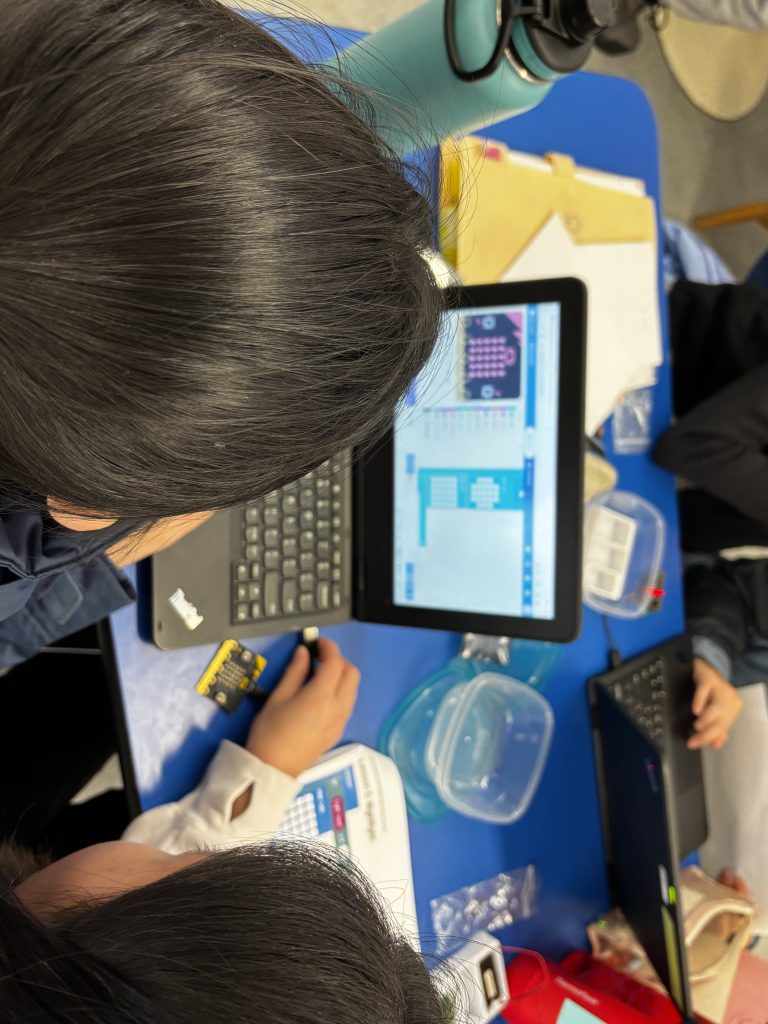
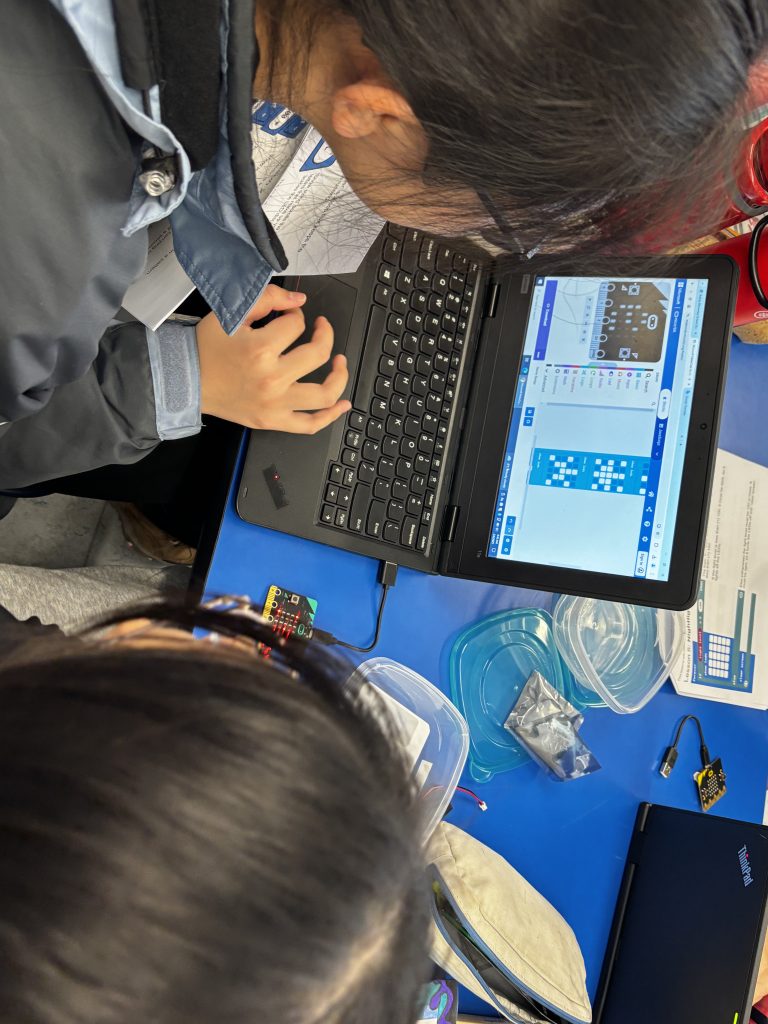
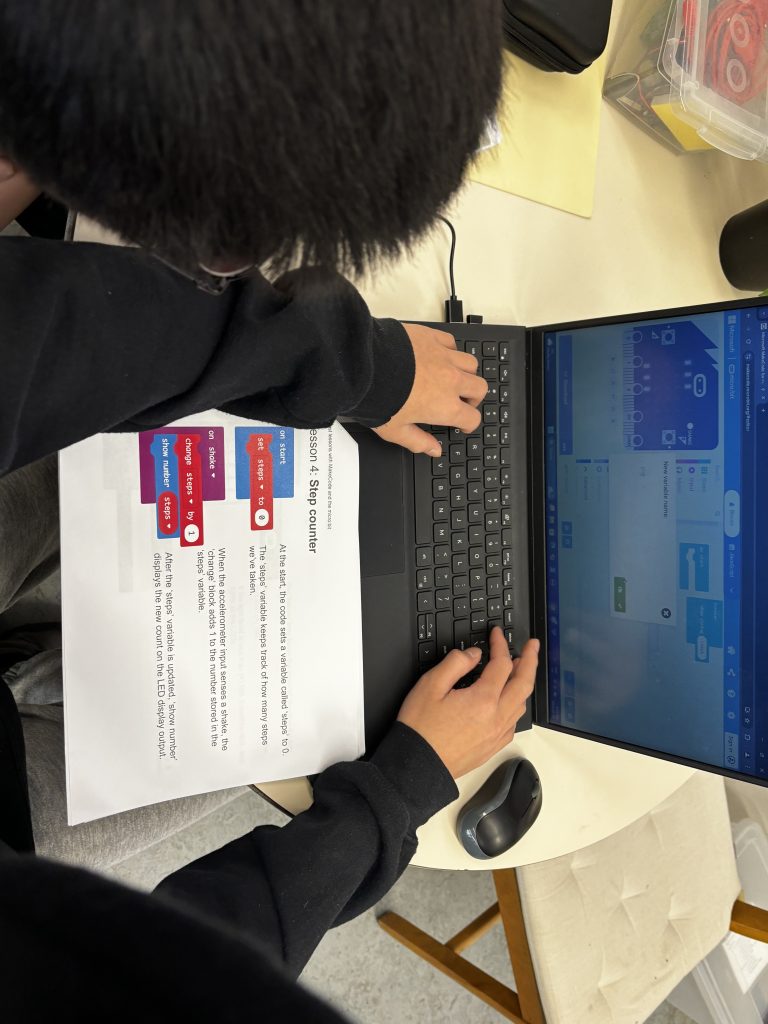
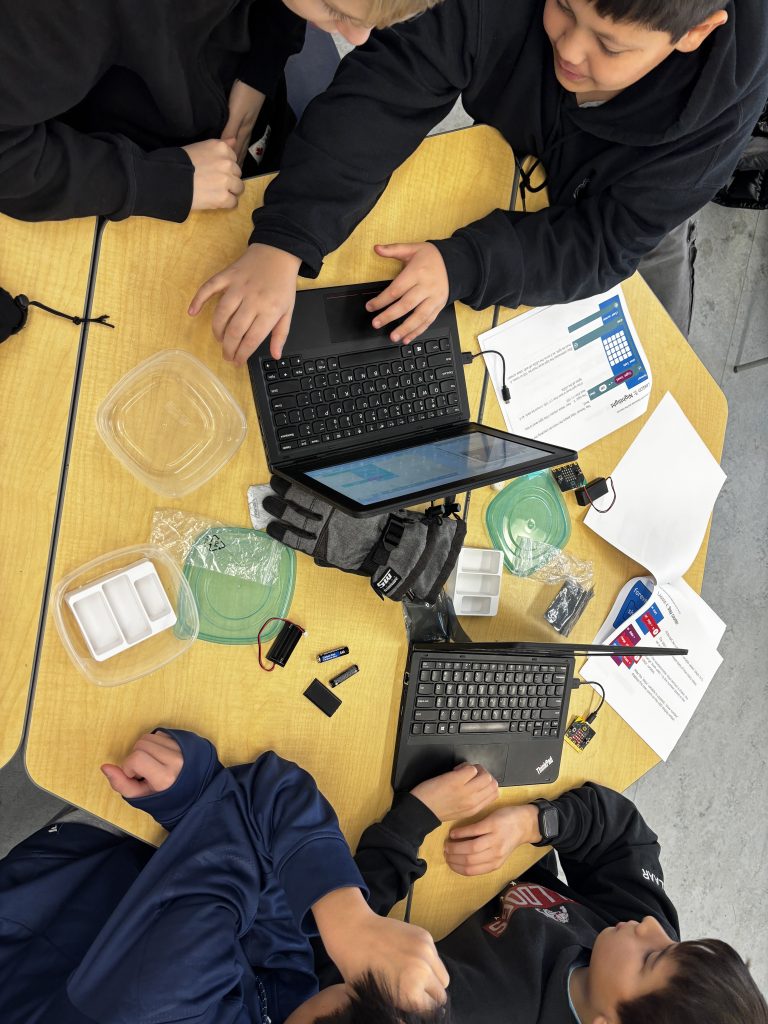

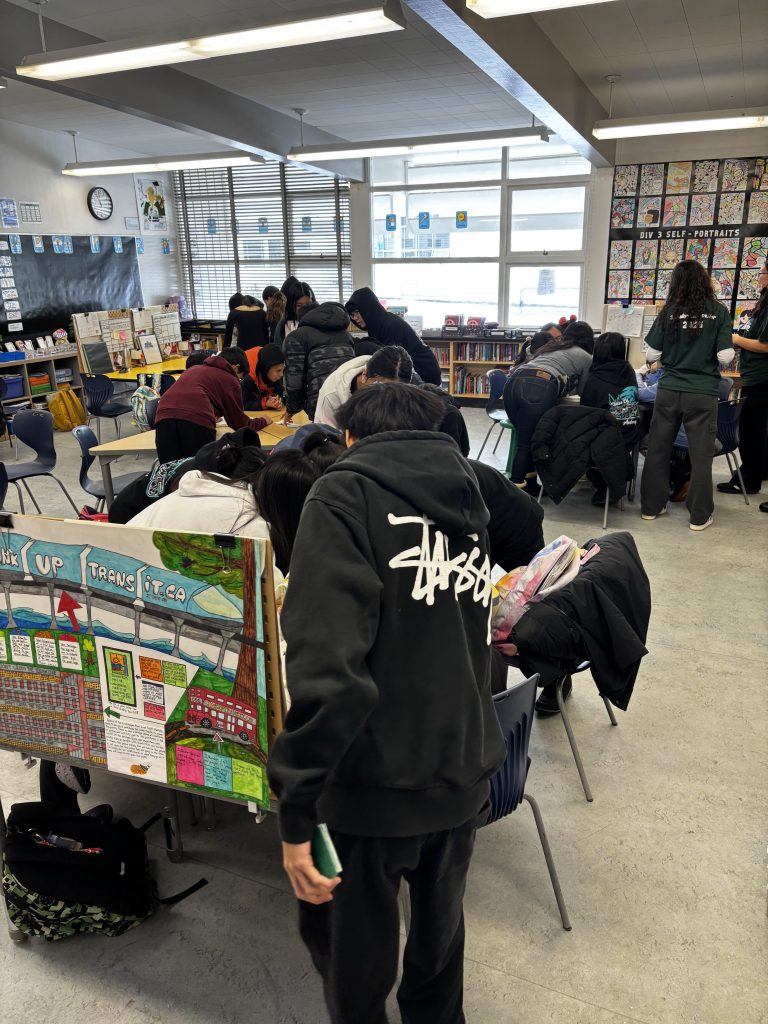
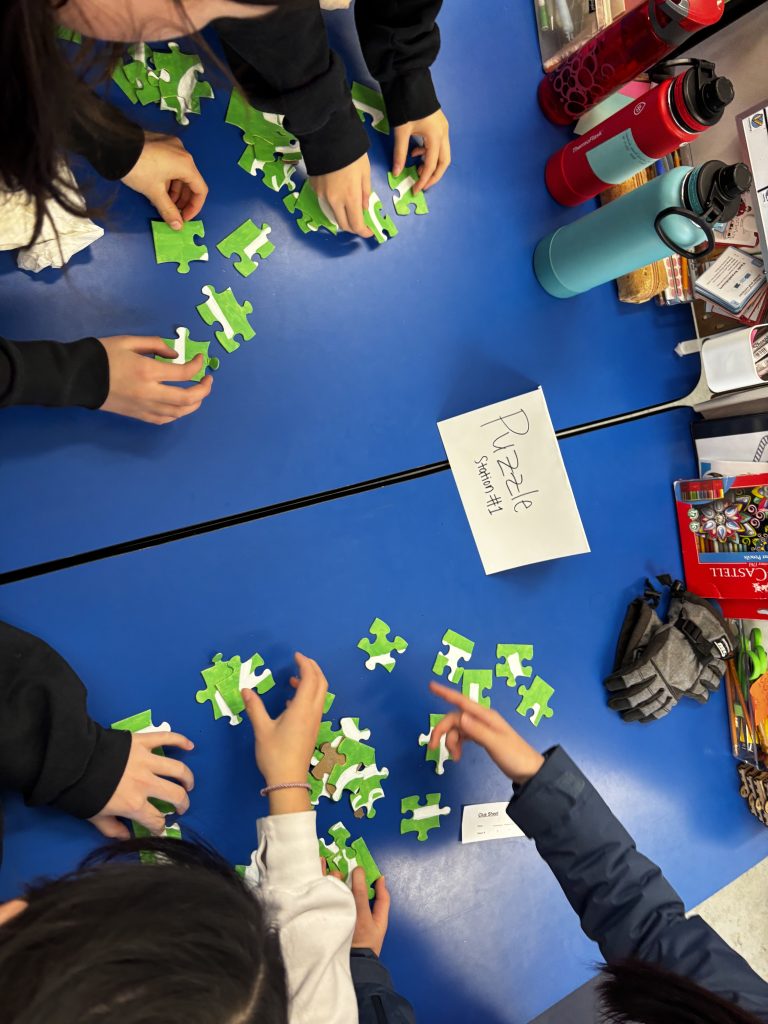
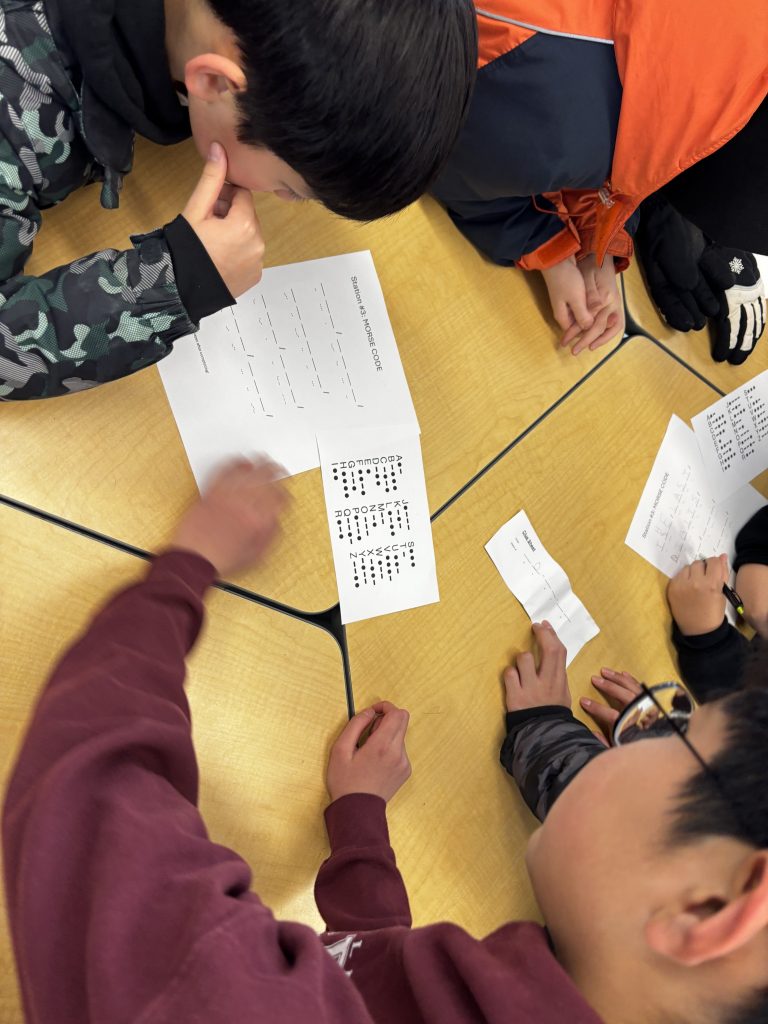
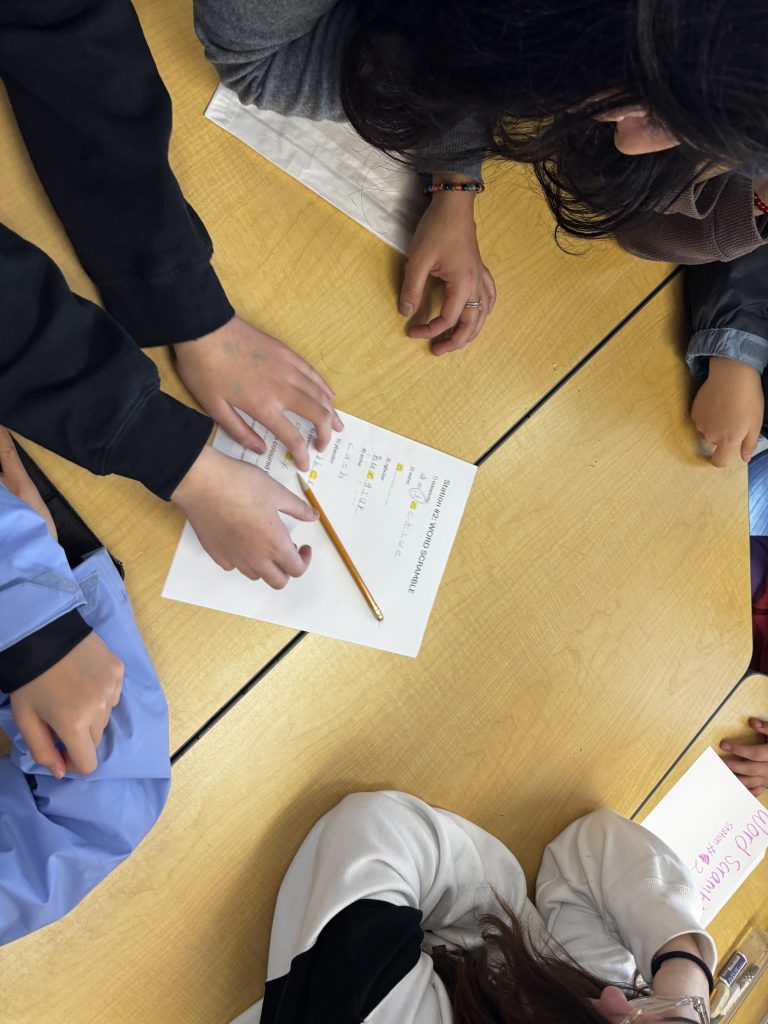
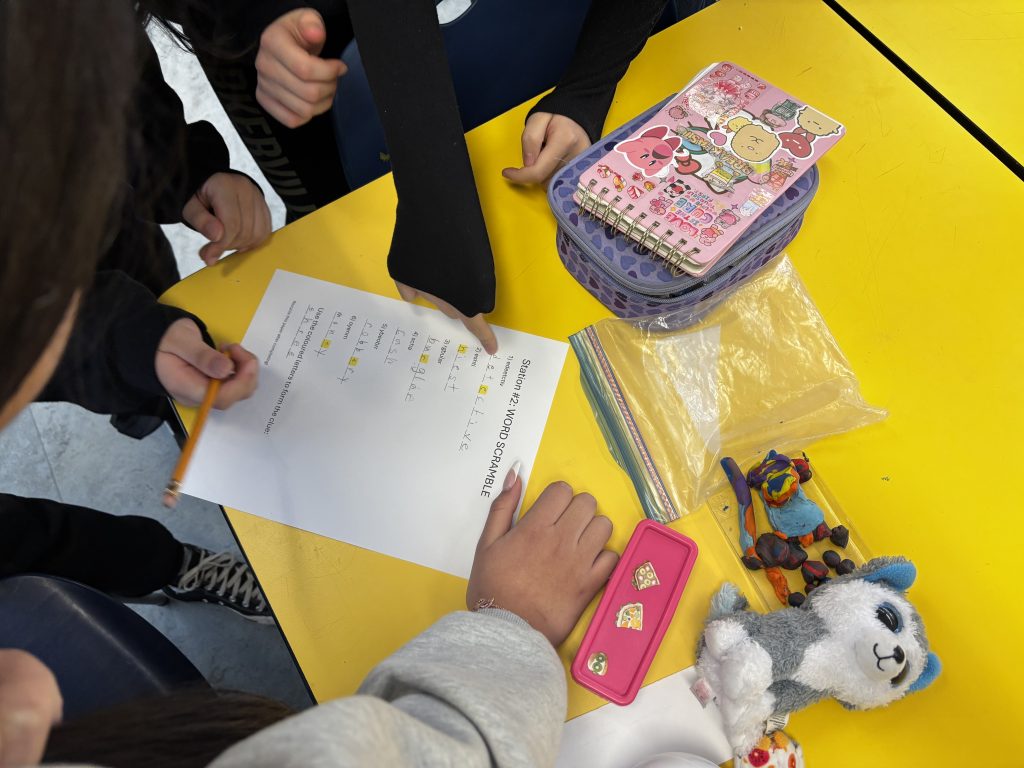
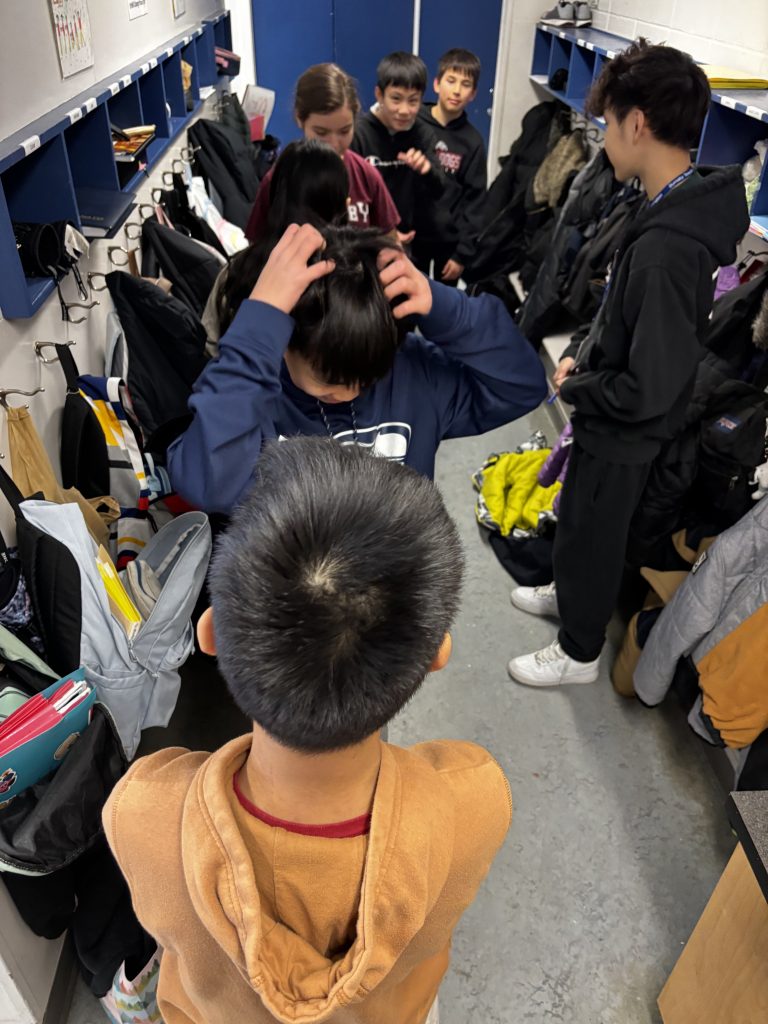
Thank you for preparing and delivering such a fun and engaging escape room challenge today! Division 3 had a fantastic time working through the well-planned activities, and the Bank Heist theme was a big hit.
From solving puzzles and word scrambles to decoding Morse code and playing charades, students had to think critically and collaborate to complete the challenge. The excitement and energy in the room were contagious as teams raced against the clock to crack the final code! The winning group who successfully completed the challenge also enjoyed their well-earned Sweet Prize!
Thank you again for all your creativity and hard work in making this event such a success. We appreciate all the time and effort that went into designing this unforgettable experience!
